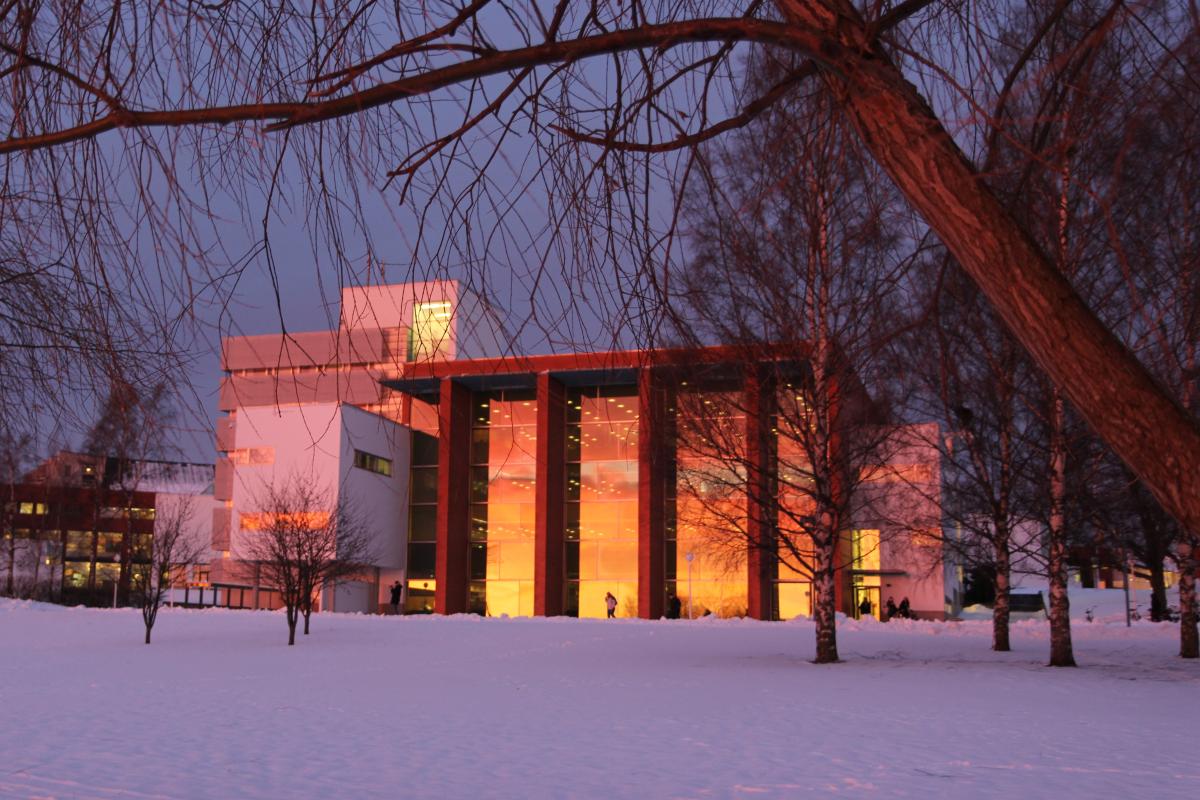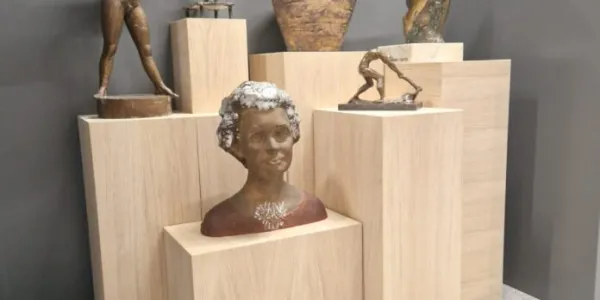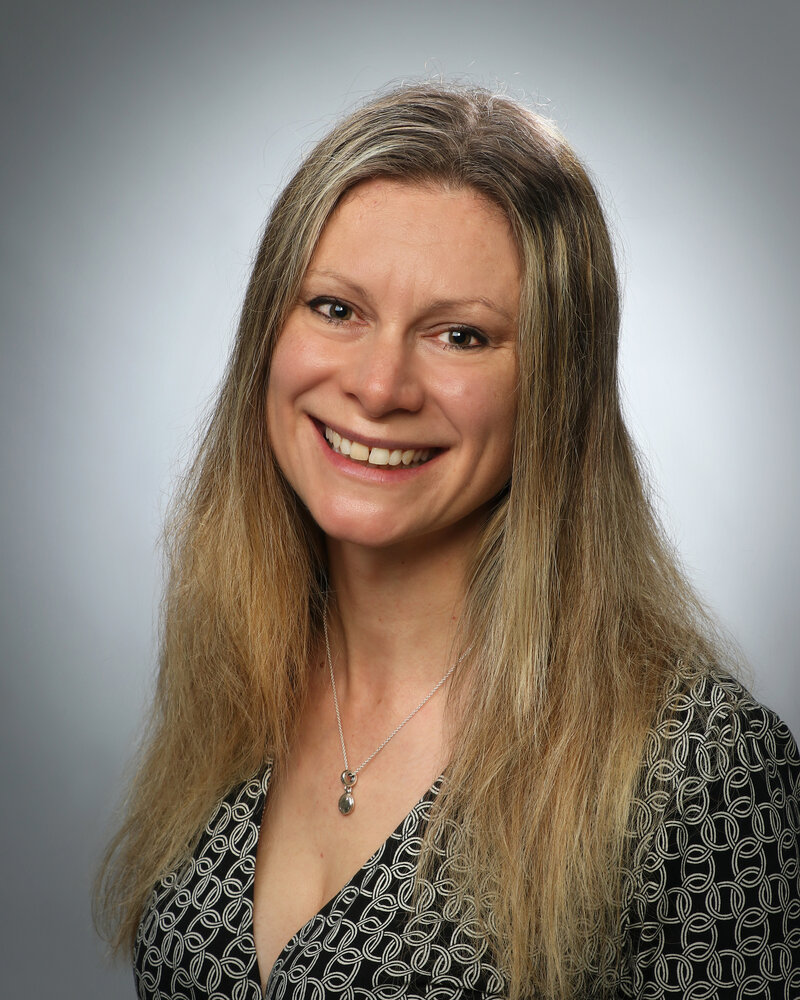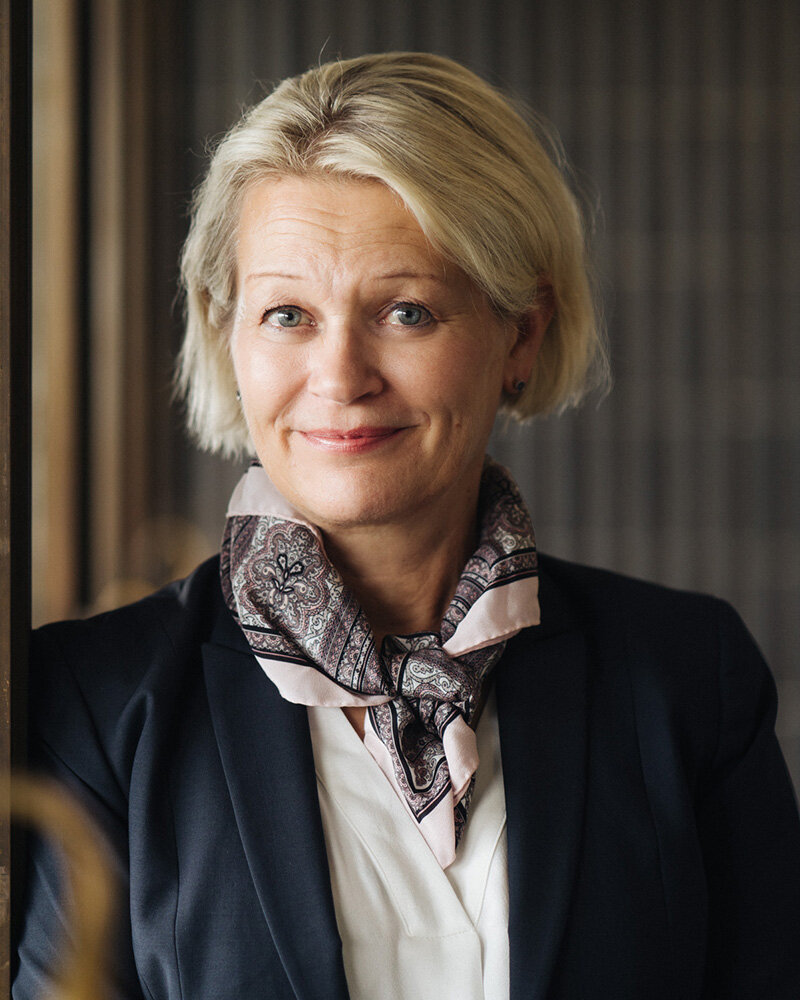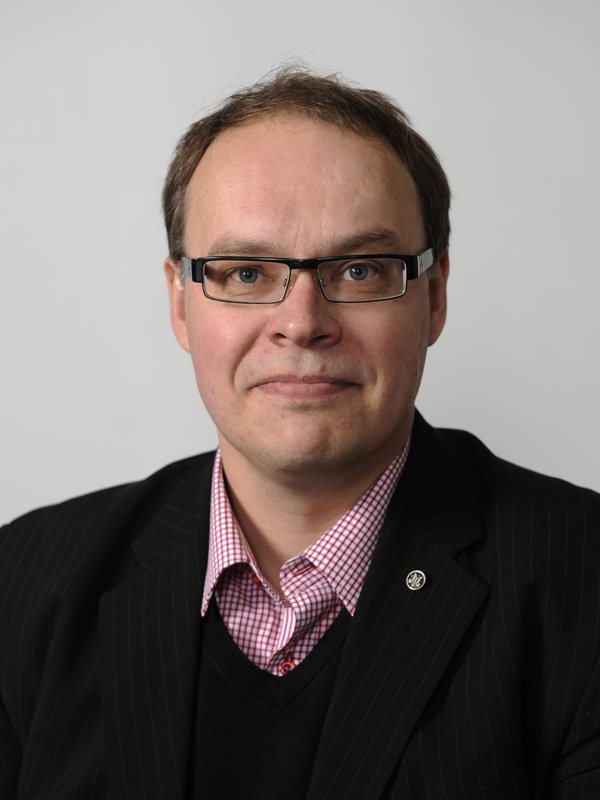

Art and Campus
Art and culture play a central role in creating a meaningful campus experience. Art can be used to improve campus life dynamics, increase community spirit and heighten the presence, enjoyment and well-being of students and staff in their work community.
Vaasa is an old cultural city. The university wants to contribute to creating an open and easily accessible art experience for the residents of the area, and a vibrant campus open to everyone.
The modern buildings of the University of Vaasa and its seaside park, which are in harmony with the old factory buildings, portray the campus as its aesthetic whole. We believe that the University of Vaasa is the most idyllic campus in Finland.
- Mission statement
-
Art has a central place in society and at the University of Vaasa. Research has shown that art enhances people's well-being. It broadens perspectives and increases interaction. Through art, we can utilize creative approaches in research, development, and education. The University of Vaasa also aims to promote cultural heritage and strengthen the ecosystem of arts and science around us.
- Current exhibitions
-
Place in the Gaze
PAINTINGS BY ELINA MELGIN
We view art from our own perspective. In the same way as a painting, we watch a movie or read a novel: relying on our own world of experience.
My exhibition Place in the Gaze contemplates what our boundaries are, what we attach ourselves to. Why do we define our experience in a certain way, why do we fixate on a particular detail or atmosphere? When we talk about art, we often talk about ourselves. In my opinion, art is born in the interaction between the work and the viewer.
I am a Professor of Practice at the University of Vaasa, a communications professional, Doctor of Philosophy, non-fiction writer, researcher, advisor... in other words, a wearer of many hats. I am also a painter. I started displaying my works publicly six years ago. When I paint, I enter an area that I often cannot put into words, even though I am a communication professional. I forget my surroundings – I reach for some kind of illusion of freedom. I paint with acrylic, pigment, and oil paints. I also make monotypes. I sometimes paint on my hiking trips, especially to France, where I regularly make painting trips, because that is where I received my art education related to materials and techniques in a master-apprentice format in the early 2000s.
Landscape is a theme that lives in the times of painting and is important to me. I have painted the "Wanderer's Horizon" series for years, some examples of which are now on display at my exhibition at the University of Vaasa. I had the honor of opening the brand-new Tritonia's changing exhibition space and encouraging everyone else, university staff, students, and others, to use the space for various artistic expressions and to discuss different themes with the audience. It goes without saying that sea and mountain landscapes are multifaceted landscapes of the mind. My landscapes strongly reflect references to European art and cultural history.
Colour acts as a code and an opener of interpretation in my landscapes. My works are sometimes simplified, almost monochromatic and impressionistically representational, sometimes almost completely abstract, holistic atmospheres. Alongside color fields such as sky, earth, and clouds, trees sometimes play the main role in the landscape. I don't point fingers, but for example, the code of the color red contains not only power and energy but also the question of whether we perceive nature in need of protection more sensitively if the trees are red?
Alongside horizons, I paint a kind of fairy tale images. They can be experiences from childhood, but also stories, read or heard, that somehow stop us. The exhibition includes, among other things, "Federico and his hunting falcon." This Decameron story, which I read as a schoolchild, has never been forgotten. We are products of our culture. It would be a great honor to touch something universal with my paintings.


- University of Vaasa art collections
-
In 2024, Pekka Lind, a lawyer and art collector from Vaasa, donated a culturally and historically significant art collection to the University of Vaasa. The collection comprises 105 works by Finnish artists, including 20 sculptures and the rest watercolors and oil paintings.
The oldest pieces in the donated collection date back to the early 20th century, such as sculptures by Ville Vallgren and Jussi Mäntynen. The main focus is on art from the 1950s to the 2000s. The works have been placed in the university's public spaces, meeting rooms, offices, and classrooms.
The collection includes works by several artists from Vaasa, such as pieces by Nandor Mikola and Fritz Jakobsson. The University Foundation and the Arts Committee wanted to honor the donation and the life's work of these two artists by producing artist videos. These can be viewed on the university's YouTube channel or by reading the press releases about the videos.
The university also has other acquired artworks, such as tapestries by textile artist Kaarina Heikinheimo from Vaasa, which are prominently displayed in the Ankkuri's Oskar café.
The university's library building serves as a space for changing exhibitions by university staff and students.
- Temporary art exhibitions in Tritonia
-
The University of Vaasa has established a space for rotating exhibitions in the Tritonia library building. There has been a need for this for quite some time.
Two floors of Tritonia have wall space reserved with picture rails and wires for hanging artworks. The picture rails can accommodate approximately 10 medium-sized paintings (e.g., 70 x 50 cm).
There can be 1-3 exhibitions per academic semester. Rotating exhibitions are not organized during the summer season.
The space for rotating exhibitions is primarily intended for the university's own projects that combine science and art, but Tritonia can also host exhibitions from outside the university.
How to Apply for Space
The exhibition space is primarily intended for the university's own staff and partners, but others can also apply for exhibition space. If you are interested in the space, please send a free-form application to [poistettu sähköpostiosoite].
The space is free for everyone. Exhibitions are often linked to the university's teaching and research. If you are a student, discuss with your supervisor what constitutes a good application for obtaining the space. Applications are evaluated by the university's Art Committee. It is important to be proactive, as only a few exhibitions can be accommodated per semester.
The Rotating Exhibition Process
The exhibitor is responsible for the planning and setup of the exhibition. As a responsible actor, the University of Vaasa is responsible for insuring the works in the rotating exhibitions.
- Arkkitehtuuri
-
Vaasan yliopisto sijaitsee useassa rakennuksessa Palosaaren kauniilla merenrantakampuksella.
Alueella yhdistyy jännittävästi vanha ja uusi.
Vanha
Vuonna 1857 rakennettu puuvillatehdas edustaa uusgoottilaista tyyliä torneineen ja rappaamattomine tiilipintoineen. Rakennuksissa sijaitsi aikoinaan mm. Puuvillatehtaan kehräämö, nykyisin Fabriikki, jossa toimii mm. yliopistojen yhteinen start up -keskus. Technobotniassa puolestaan toimii moderni teknologian tutkimus- ja opetuslaboratorio.
Puuvillatehtaan konttori-rakennus peruskorjattiin vuonna 2007 arkkitehti Gunilla Lång-Kivilinnan suunnitelman pohjalta. Talo on valmistunut vuonna 1924. Siinä sijaitsee yliopiston Executive Education.
Vanhaan osaan kuuluvat myös ns. puuvillatalot, joissa on sekä yliopiston toimintaa että opiskelijoiden asuntoja.
Konttori-rakennuksen edessä sijaitsee rintakuva Vaasan Puuvilla Manufaktuuri Osakeyhtiön perustajasta August Alexander Levónista (1820-1875). Patsas (kuka suunnitellut?) paljastettiin Vaasan Puuvilla Osakeyhtiön 100-vuotisjuhlallisuuksien yhteydessä vuonna 1956. Samanlainen rintakuva on myös Vaasan kaupungintalon puistikossa. Molemmat mallit valettiin 1949.
Uusi
Vaasan yliopisto kampuksella yhdistyvät sekä eurooppalainen että anglosaksinen rakennustyyli. Yliopisto piha-alueineen toimii omana kokonaisuutenaan jatkaen pohjalalaista suljettujen pihapiirien traditiota.
Uudisrakennukset Tervahovi ja Luotsi (nykyinen kirjasto) valmistuivat vuonna 1994. Arkkitehti Simo ja Käpy Paavilainen suunnittelivat ne entisen lääninarkkitehti Axel Setterbergin 1860 -luvun hengessä. Tuolloin syntyivät Vaasan tärkeimmät julkiset rakennukset. Tritonia-rakennuksessa sijaitsee Vaasan yliopiston, Vaasan ammattikorkeakoulun ja Yrkeshögskolan Novian yhteinen tiedekirjasto ja yliopiston vaihtuvien näyttelyiden tila.
Tervahovin marmoriportti on yliopiston pääsisäänkäynti. Tämän rakennuksen paikalla sijaitsi aikoinaan tervan varastointi- ja tarkastuspaikka. Terva oli tärkeä elinkeino Suomessa 1600 -luvulta saakka. Elinkeinoa harjoitettiin etenkin Pohjanmaan rannikkokaupungeissa.
Vaasan Palosaarella toiminut tervahovi muutettiin myöhemmin vanhan puuvillatehtaan lankavarastoksi, joka paloi dramaattisesti maan tasalle vuonna 1973. Juuri tuohon aikaan kaupungissa keskusteltiin kiivaasti silloisen Vaasan korkeakoulun sijoituspaikasta. Yliopisto nousi tuhoutuneen lankavaraston paikalle.
Tritonia-rakennus valmistui kampukselle vuonna 2001. Se sai uuden nimen vuonna 2022 uudistustöiden yhteydessä. Mittavasta remontista Tervahovissa, Ankkurissa ja Tritoniassa vastasi Arkkitehtitoimisto K2S.
Yliopiston kampusalueeseen kuuluu myös sillan kupeessa toimiva rakennus EnergyLab.
- Events
-
Elina Melgin will present her exhibition at Tritonia on February 13, 2025, from 11 AM to 12 PM. Welcome!
Wasa Future Festival 11-16.2025
The university plays a significant role in the annual Wasa Future Festival in Vaasa. This year, we are stepping into a completely new area of art and culture. A large-scale multinational art experience, combining art and technology, is planned in connection with the WFF.
The project will progress throughout the spring, and we will get to see what it is about.
The WIC Science Center published a video in January 2025, which provides a glimpse of more information here.
- Videos
-
WIC Science Center ArtCULTURE 3.0 haastattelu apulaisprofessori Rebekah Rousi ja työelämäprofessori Elina Melgin
The ARTCulture Project @ Wasa Future Festival 2025 - creating a New Experience

